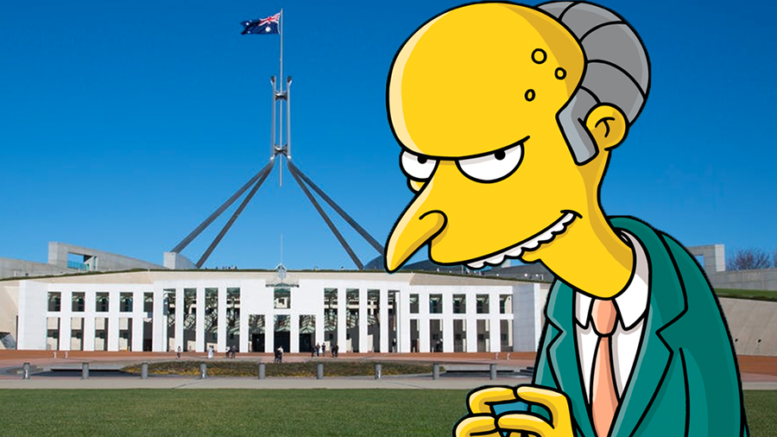Contributed from Victoria
The Australian Council of Social service (ACOSS) released a new analysis of the federal budget on 6 May.
ACOSS is the peak body of the community services sector, and has been highly critical of corporate tax cuts at the expense of public services nature of this year’s Federal budget.
The analysis shows just how far this goes. It should be at the centre of the current election campaign.
In a nation already having one of the lowest taxation bases in the OECD, the attack on public services funding takes the form of a reduction in the ability of government to maintain even the existing level of funding.
A combination of further tax breaks for big business and those on the highest incomes, while at the same time failing to close taxation loopholes, and allowing the use of tax evasion schemes, does not suggest a rosy future for most of us.
Labor is mentioned for offering less of the same type of tax cut and promising to take some measures to tackle tax evasion, There is also an implication that more can still be done to turn the situation around.
This is the reason why.
The overall growth in federal spending is estimated to fall to an average of 1.3 percent per year for the next 4 years. This means that real spending adjusted for inflation and population growth will be around zero over the period.
Health funding will decrease in real terms, given that the unadjusted projected increase in merely 0.7 percent. Social security spending, at a nominal projected increase of 1.8 percent per year, will also be close to zero.
In short, the big picture shows average funding, after taking inflation into account, will fall by over the next three years. For example, dental health (-0.7 percent), employment services (-2.5 percent), family payments (-0.7 percent) housing (-2.7 percent) and tertiary education (-0.6 percent).
It is even worse than these figures suggest. They come on top of major previous funding cuts, including a six year freeze on Medicare benefits for doctor’s visits, cuts to dental and residential aged care, plus a slow rollout of the NDIS.
The Parliamentary Budget Office has estimated that by 2028 an extra $21 billion will be needed just to maintain current aged care and disability services alone, and we know how inadequate they are already. Adding on what will be needed to maintain the range of other services, will show a much bigger funding shortfall.
This means that the majority of the Australian population is being made to pay out to provide welfare for the few percent at the top.
If the current trajectory of the government continues, real funding cuts will also inevitably mean the handing of more services to private providers. Rising out of pocket costs for access and less service will be the result. Those on higher incomes and the ability to pay, will be able to get more. Inequality in Australia will rise further than it has already.
If we want a more equal and fairer society, this trend that must be reversed.
It should be at the centrest6age of the present election campaign. But it’s not. Especially when most of the media outlets have chosen to ignore it.
This raises something very important. If we don’t want to go down this road, together, we must find ways to stop it.


Be the first to comment on "ACOSS shows that the provision of important public services is set to decline further"